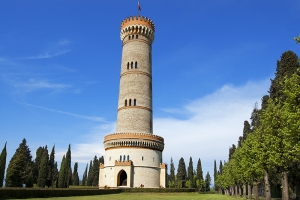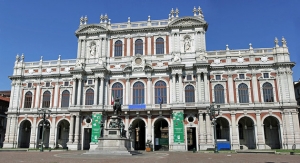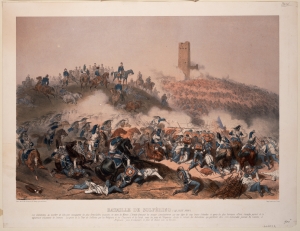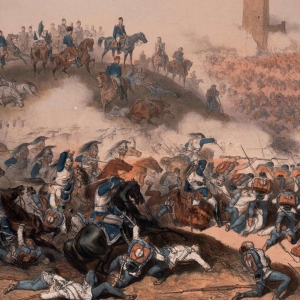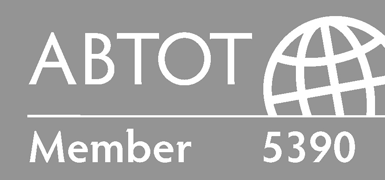
The Bloody Fight for Italian Independence
The Battles of 1859 and 1866
To be confirmed
The Bloody Fight for Italian Independence
The Battles of 1859 and 1866
Tour Introduction
During this six-day tour to northern Italy we will visit five battlefields that were pivotal in the struggle for Italian Independence: the allied victories in 1859 at Montebello, Palestro, Magenta and Solferino and the reality check at Custoza in 1866. We’ll be based in the colourful Lombardy city of Magenta, and Peschiera which provides us with a fine example of a Quadrilateral fortress, perched on the banks of the incredibly beautiful Lake Garda. Throughout our travels we will truly grasp how the breath-taking mountainous terrain and rivers influenced the strategy and planning of both sides.
Background
After nearly 20 years of ‘enlightened’ French hegemony, the Congress of Vienna saw Northern Italy once more placed under oppressive Austro-Hungarian control as demonstrated by the ensuing development of the ‘Quadrilateral Fortress’ system. But the sparks of nationalism could not be extinguished and as Sardinia (Piedmont) grew in strength she provided leadership for the drive for Italian independence and unification. Encouraged by the ‘five day’ Milan revolt on 22 March 1848 she declared war on the Habsburg Empire only to be defeated at Custoza and Novara. But by ceding Nice and Savoy to France, Sardinia bought the support of Napoleon III and thus encouraged, once again engineered war in April 1859. The bloody and unimaginative battles of Magenta and Solferino followed but which consolidated Piedmont’s dominance of Lombardy. When in June 1866, Prussia struck against Austria, the recently declared Kingdom of Italy once again took the offensive but was defeated at the second battle of Custoza.
Highlights
- The key battles of 1859: Magenta and Solferino
- Custoza 1866
- Understand where and why The Red Cross was conceived
- Enjoy stunning Italian mountain and lake scenery
What's Included
- Expert historians throughout providing a daily variety of talks, presentations and Q&A
- Dedicated Tour Manager
- Dinner parties hosted by your expert historians and tour manager
- The company of like-minded travelers
- Helpful and friendly travel advice
- Meals as indicated in the itinerary
- Two drinks i,e wine or beer at each dinner and a welcome drink on first evening
- Entrance fees for sites included in itinerary
- Tour information booklet
- Modern, comfortable, air-conditioned coach
- 4 Star Hotels
- Return flights from London (optional)
"Let me die for our Italy, brothers, if not in your ranks, by your hands!"
From ‘The Forced Recruit: Solferino, 1859’ by Elizabeth Barrett Browning
Itinerary
Day 1: Milan
Fly London –Milan Linate - or make your own arrangements to join the tour at the airport. Visit the excellent Risorgimento Museum. Travel to Magenta for two nights. Introductory talk and pre-dinner drinks. (D)
Day 2: Montebello and Palestro
Travelling via the strategic Stradella Gap, we visit Montebello, where on 20 May 1859, a French division supported by Sardinian cavalry ‘bumped’ into a much larger Austrian force. Thence to Palestro where the Austrians attempted to check the Sardinian advance on Milan. (B,D)
Day 3: Magenta and Peschiera
We explore the battlefield of Magenta, fought on 4 June 1859, the result of which allowed the Allies to enter Milan triumphant. Here we also visit its museum, ossuary and many monuments. Drive eastwards to Peschiera, one of the Quadrilateral Fortresses. Walk the impressive ramparts and explore the fortress. Check into our hotel for three nights. (B,D)
Day 4: Custoza
We spend the day retracing Custoza, situated in the heart of the Quadrilateral and where on 24 June 1866, the vastly outnumbered Austrians inflicted serious defeat on the Italians. (B,D).
Day 5: Solferino
A full day exploring Solferino, the decisive battle of the 1859 campaign, where Franz Josef was persuaded to offer battle west of the Mincio River. From atop the San Martino tower we gain a wonderful panorama of the battlefield which has changed little over the years. We visit the battlefield museums, the chapel and ossuary. We end the day by crossing the Mincio to review the area to the east, where Franz Josef might arguably have fared better. (B,D)
Day 6: The Red Cross
This morning we visit the Red Cross Monument, climb the Spy of Italy for second view of Solferino and visit the International Red Cross museum in Castiglione. Transfer to Milan airport for our return flight to London (or perhaps extend you stay in Italy). (B)

